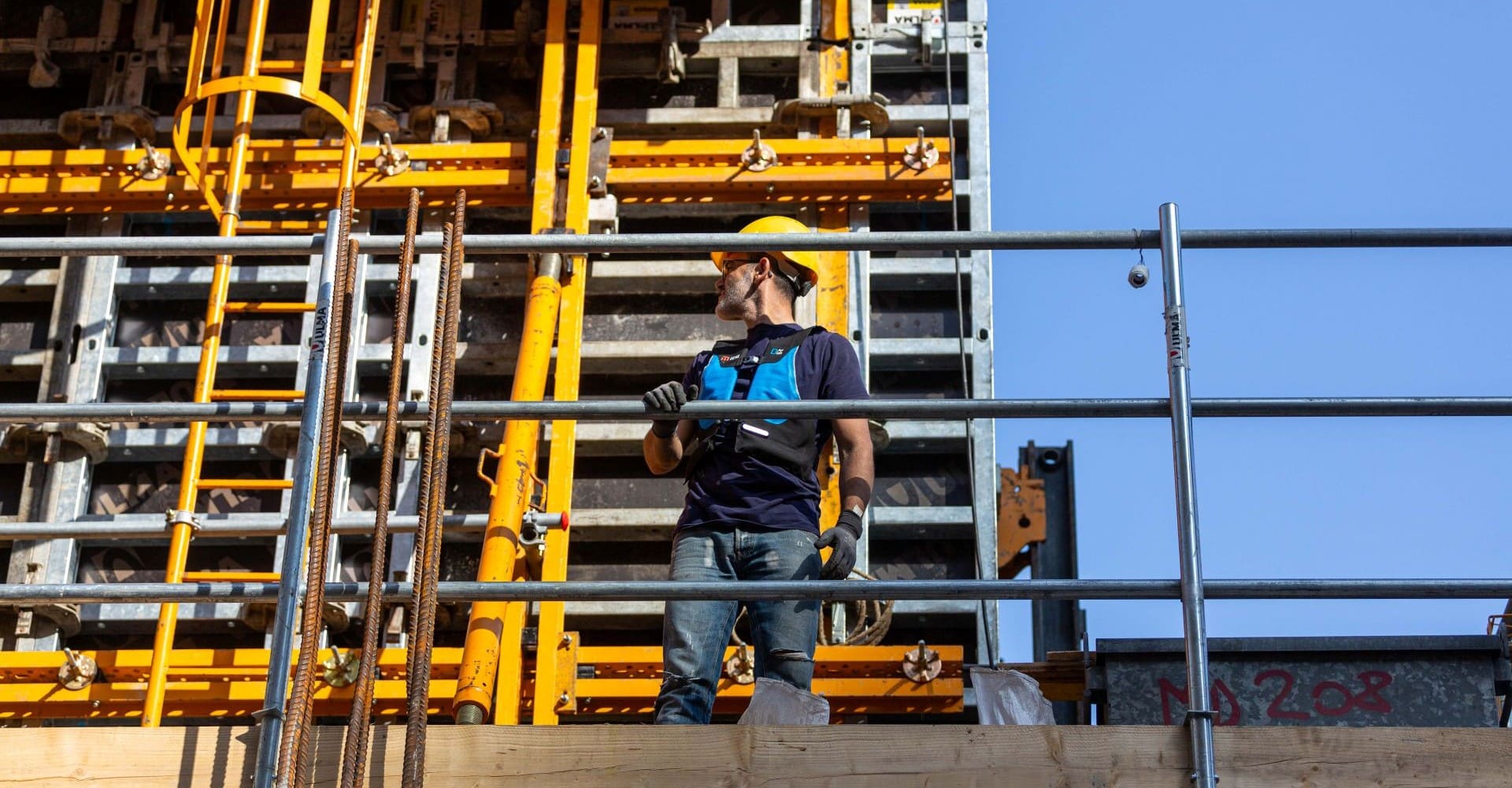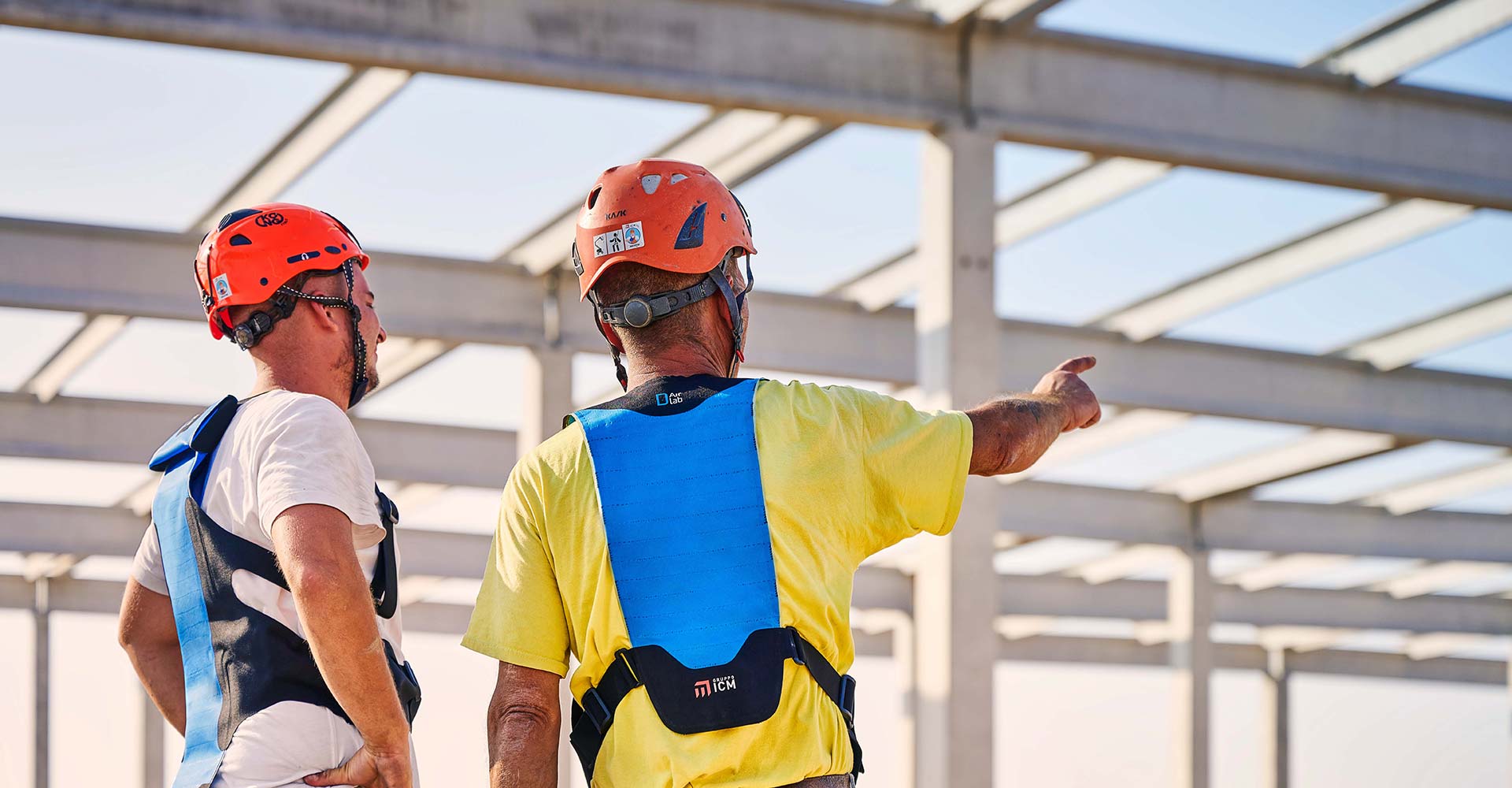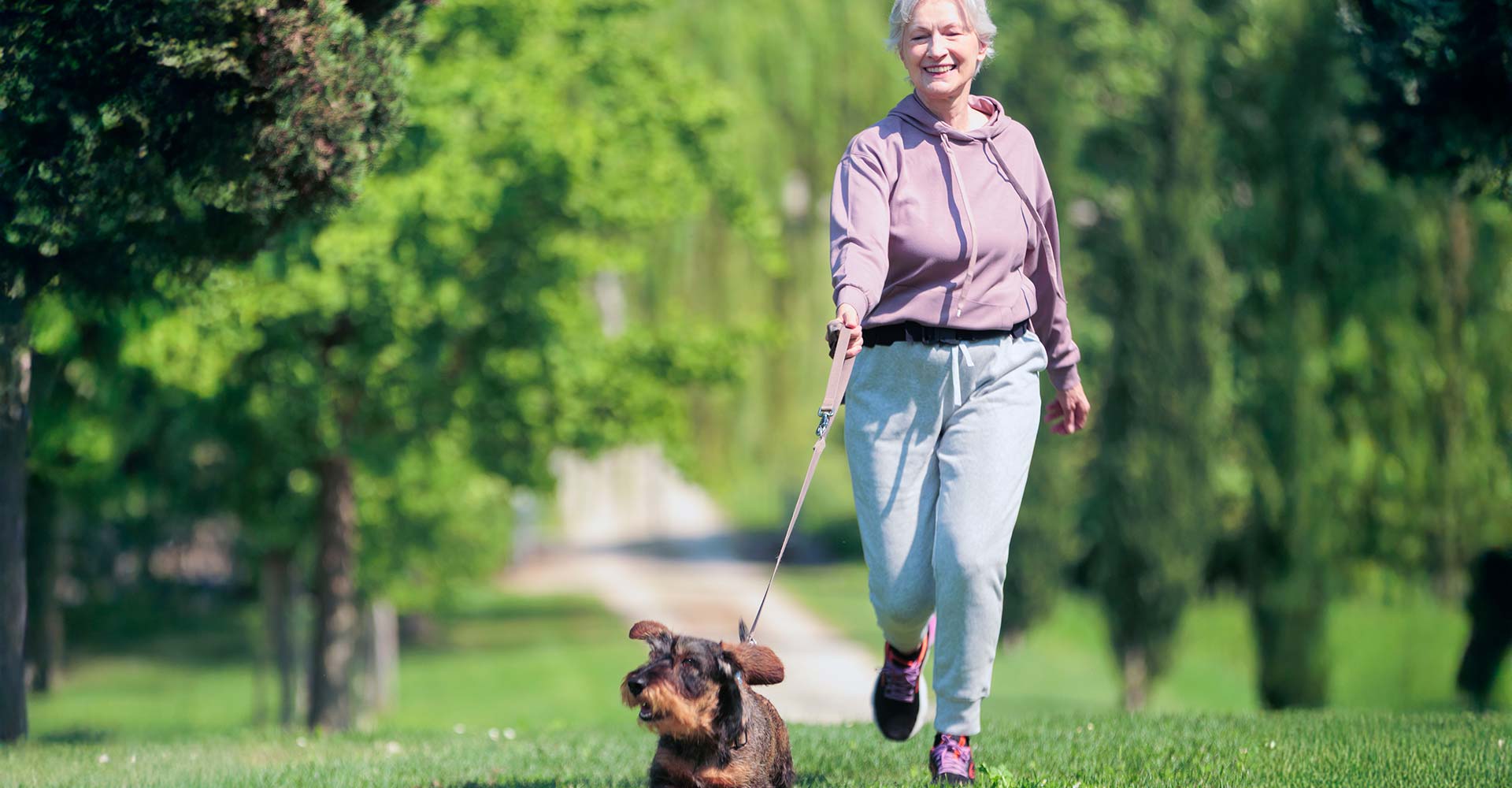Working at heights, whether on a roof, scaffolding or an aerial platform, involves significant risks that should never be underestimated. Use of appropriate harnesses for working at heights is not only a legal requirement, but also a crucial element in saving a worker’s life. This personal protective equipment (PPE) is designed to stop the fall, in association with appropriate retention systems. The harness is also designed to absorb the forces produced by arrest of the fall.
This article takes a look at the fall protection harness and how innovation is further revolutionising safety at heights.
What are harnesses for working at heights and how do they work?
A fall protection harness is PPE (Personal Protective Equipment) to be used when working at heights. It is a complex system, formed of straps, buckles and connection rings, which is wrapped around the worker’s body. Its main function, in association with appropriate retention systems, is preventing a free fall or, if this occurs, arresting the descent in a controlled manner, distributing the stress onto more resistant areas of the body, such as the hips and thighs, thus avoiding serious injuries to the backbone or the internal organs.
Various types of harness exist, each designed for specific work needs:
- Full-body harnesses (fall protection harness): these are the most common for working at heights, equipped with back and/or chest attachments for connection to the fall protection system.
- Positioning harnesses: used to keep the worker in a specific work position, leaving the hands free.
- Suspension harnesses: designed to support a worker who is working suspended for lengthy periods.
Regardless of the type, it is crucial for every safety harness to comply with the strict European regulations, such as UNI EN 361 for fall protection harnesses. Compliance guarantees that the device has been tested and approved for resistance to the envisaged stresses. In addition, regular inspection by qualified personnel is a non-negotiable step in ensuring structural integrity and correct functioning of the harness. A further fundamental component of safety is training: each worker must be duly instructed on correct use, wearing and adjusting the harness and maintenance on this PPE.
The importance of comfort and ergonomics
In addition to intrinsic safety, the comfort and ergonomics of a harness for working at heights are aspects that should not be underestimated. An uncomfortable harness can cause fatigue and distraction and, when it comes down to it, place the worker’s safety at risk. That is why companies are investing increasingly in research and development of lightweight and breathable materials and in design that allow a greater freedom of movement.
WorkAir: a breakthrough in safety at heights
Although the fall protection harness is the first line of defence against falls, technological innovation offers even more advanced solutions to improve the level of protection. This includes WorkAir, an innovative airbag for working at heights that is a genuine additional protective “shield” for someone working at heights.
WorkAir is innovative PPE, designed to activate in the event of a fall, inflating an airbag in just a few milliseconds around the worker’s body, absorbing the impact and drastically reducing the forces transmitted in the arrest phase, minimising the risk of trauma and injuries.
Its unique feature is compatibility with most of the harness models present on the market, which means that companies do not need to replace the harness for working at heights already used, but simply add this state-of-the-art technology to it. This versatility makes WorkAir an extremely practical and economical solution for improving safety without radically altering the existing equipment.
The Light model of WorkAir: optimised comfort for the harness
WorkAir has developed a specific model, called WorkAir Light, designed for anyone who makes intensive use of the safety harness.
This model is distinguished by its optimised design, which offers greater comfort than the other WorkAir models. WorkAir Light is less cumbersome to wear, despite maintaining the same level of protection, which makes it ideal for long work days, reducing the operator’s fatigue without undermining the level of safety in any way.
Comfort is essential in PPE, because more comfortable equipment will be worn more regularly and willingly, guaranteeing constant protection.
This focus on the worker’s well-being is a cornerstone of the WorkAir philosophy, as it recognises how safety must go hand in hand with ergonomics and practical use.
Conclusion
The harness for working at heights remains the cornerstone of safety at heights, an essential device that every worker must know and use correctly. However, technological development, as represented by WorkAir and its Light model, offers unique opportunities for further improving safety and comfort standards. Integrating an airbag like WorkAir into a fall protection harness means adding a level of proactive protection that can mean the difference between a serious accident and a much less traumatic outcome.
Investing in state-of-the-art safety solutions is not just a legal requirement, but an ethical and smart choice that protects a company’s most precious resource: its workers.
Contact us to learn more about WorkAir!





